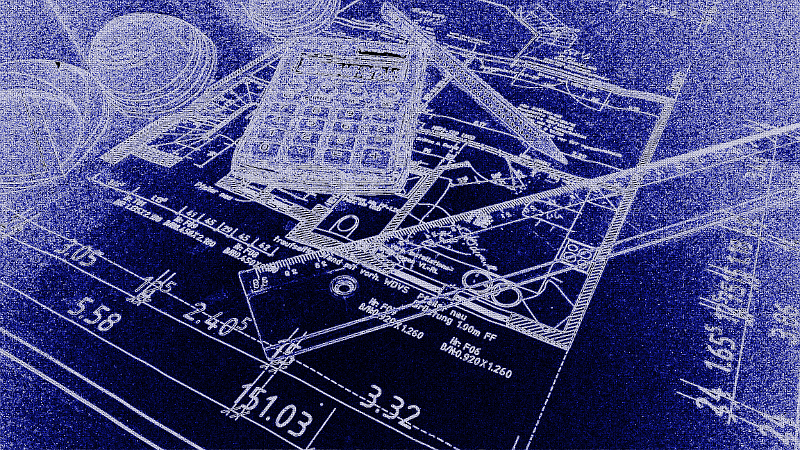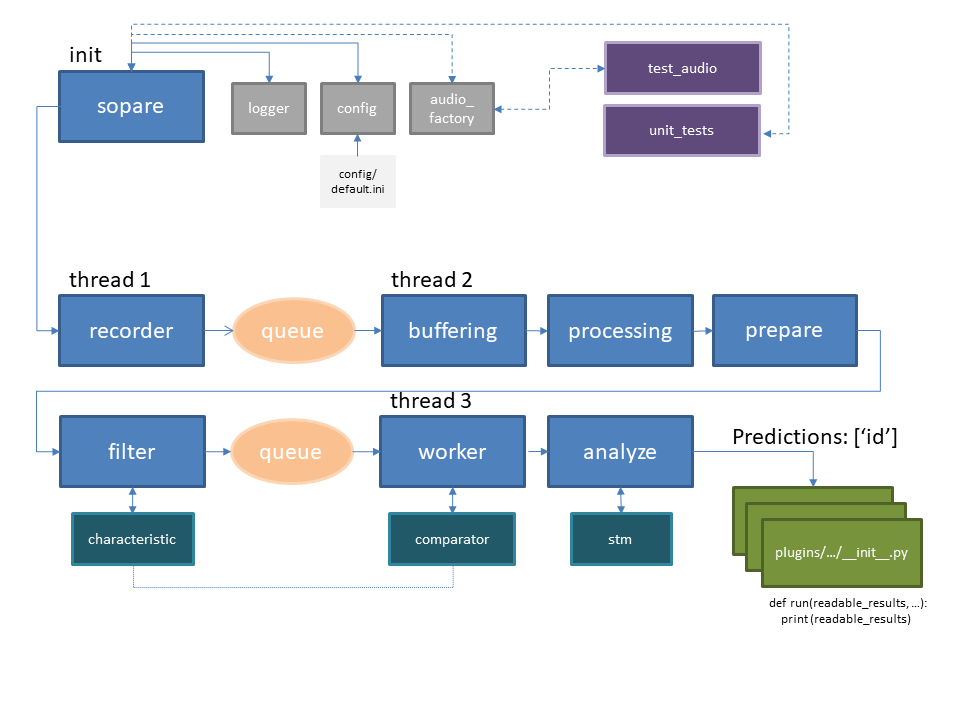After installing, configuring and training SOPARE, you want naturally do something with the recognized results. I run some installations where SOPARE turns lights on and off, controls a magic mirror and a robotic arm. With my voice. On a Raspberry Pi. Offline and in real time. How does that work? Glad you are asking. This post should give you an overview about SOPARE in terms of the architecture and provide some insights how to write your own custom plugins for further processing.
SOPARE is written in Python and runs very well with Python 2.7 and was tested successfully on several Raspberry Pis running all kind of operating systems. In fact, SOPARE should run on all kind of *UNIX systems if the underlying hardware comes with a multi core CPU. Here you find more information about how to get started. Now let’s make a small walk through. When you start SOPARE with the command
./sopare.py
we can look at this simplified list what’s happening:
- Check for arguments from the command line and init parameters
- Load the config file
- Evaluate the init parameters
- Initialize the audio
- Read input from microphone
- Check if the sound level is above the THRESHOLD
- Prepare
- Filter
- Analyse
- Check for matching patterns
- Call plugin(s)
- Stop everything after the configured timeout is reached
Below is an architecture overview:
Now we can dig a bit deeper and do a more detailed view. The first thread (thread 1) is listening the whole time and records chunks of data. This small chunks of data are compared in terms of sound volume. Whenever one CHUNK volume is above the THRESHOLD the chunks are transformed, filtered and a characteristic is created. This happens in “thread 2”. The chain of characteristics are compared against trained results and the plugins are called in “thread 3”. Each thread runs on a different CPU core. This can be observed when SOPARE is running by starting the command Continue Reading

